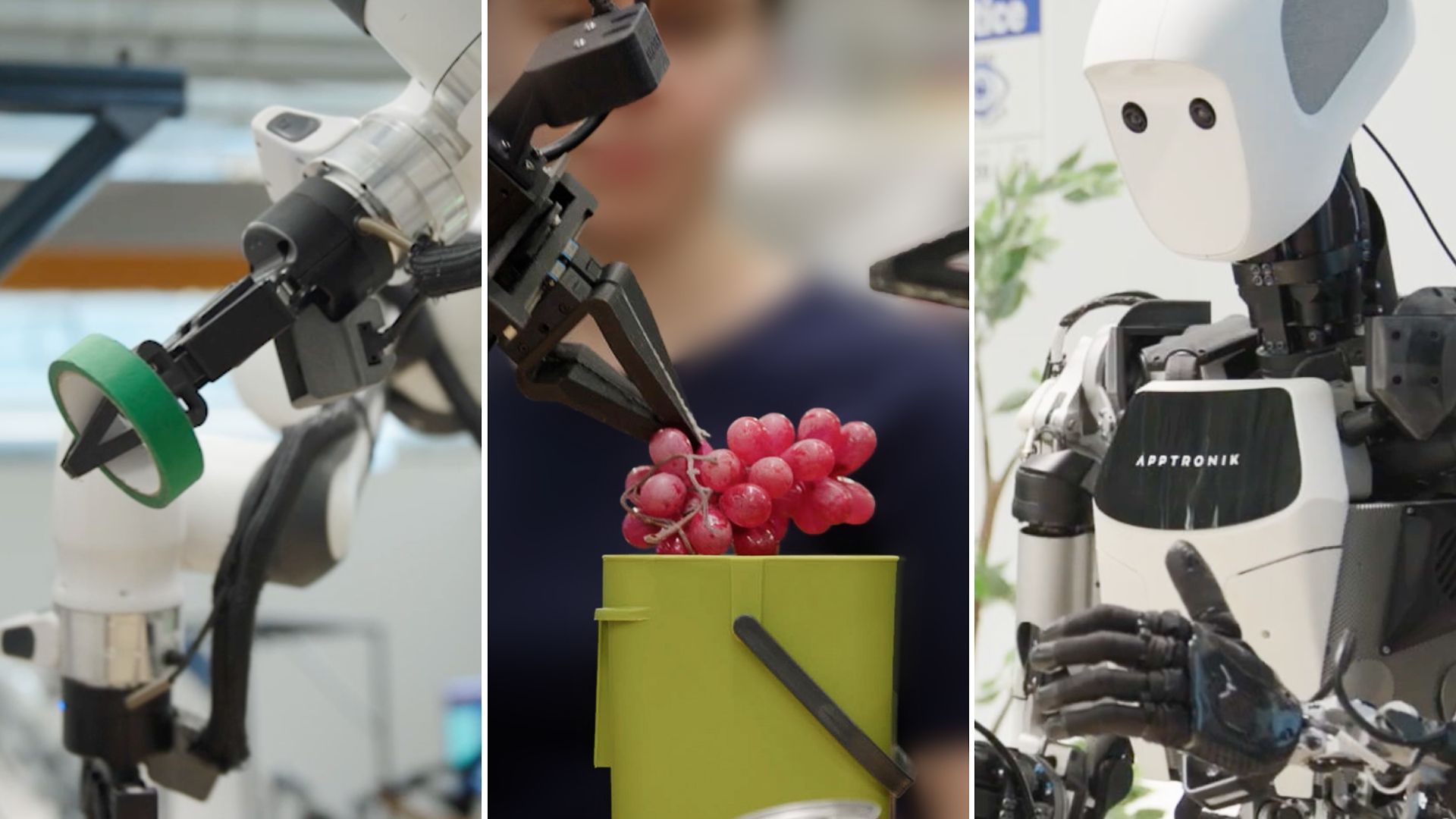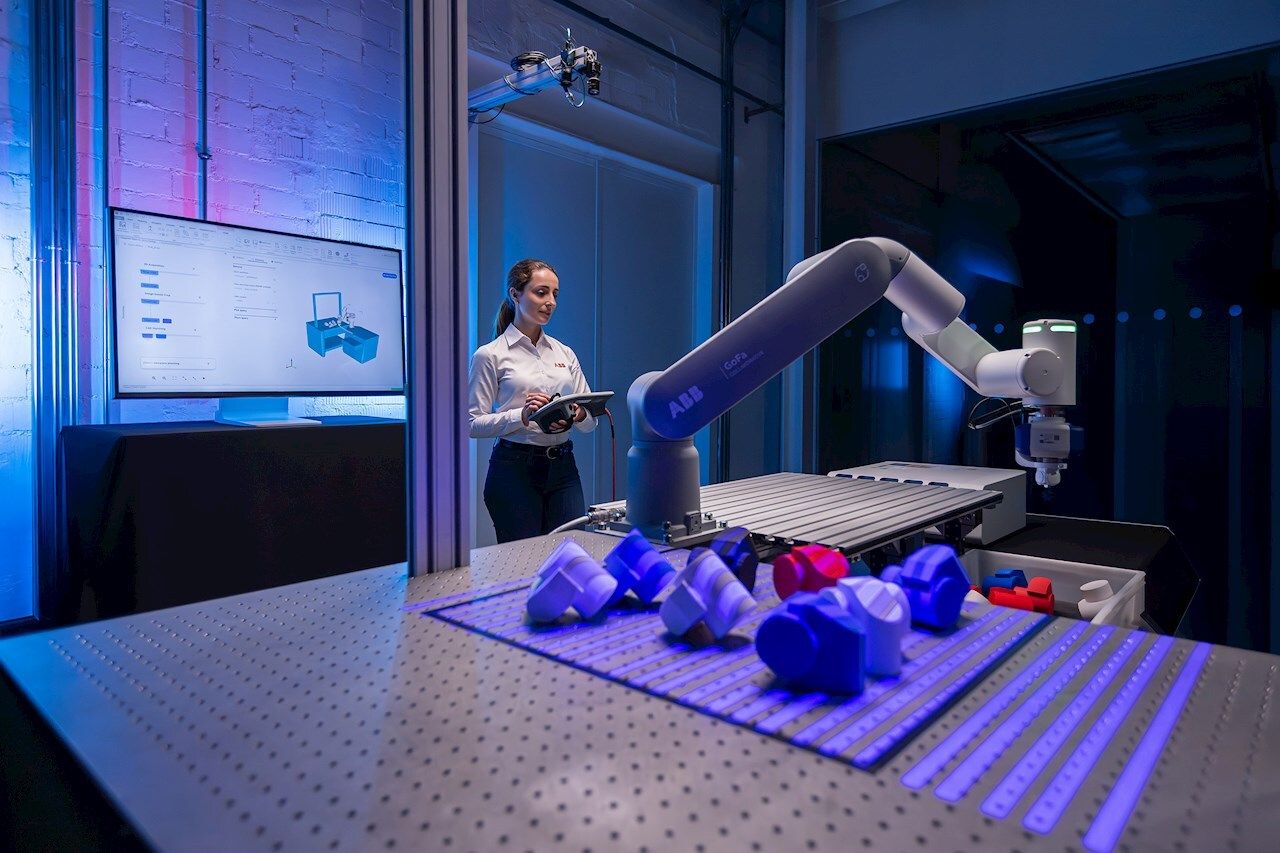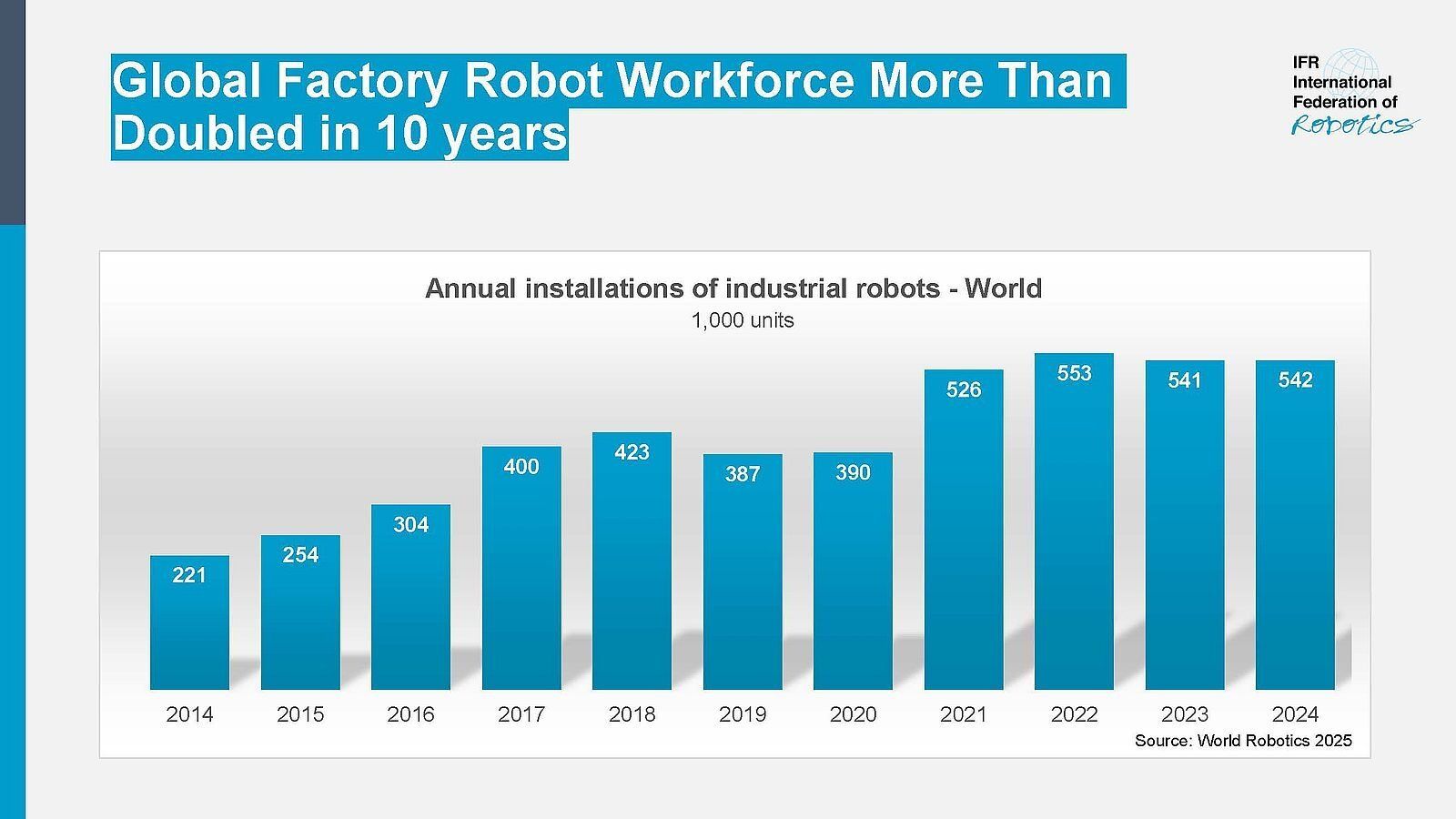September 26, 2025
Good morning! It’s Friday. Google DeepMind dropped something huge today - they're giving everyone access to Gemini Robotics-ER 1.5, the AI brain that helps robots break down complex requests like 'clean the table' into actionable steps.
What happens when every developer can build robots that think like humans?
In today's recap:
Google releases robot reasoning models to developers
IEEE develops humanoid robot safety framework
BrainCo unveils lightweight bionic hand with human-like precision
ABB introduces flexible robot vision system
Global robot installations double in past decade
GOOGLE DEEPMIND
Google makes robot brains available to all
Recaply: Google DeepMind just dropped something huge - they're giving everyone access to Gemini Robotics-ER 1.5, their first publicly available robot reasoning model. Think of it as the brain that helps robots understand complex commands and figure out how to actually do them, step by step.
Key notes:
First Gemini robotics model available to all developers via Google AI Studio and API.
Specializes in visual understanding, task planning, and breaking down complex requests like "clean the table".
Can connect to Google Search and other tools to find information while completing tasks.
Features precise spatial understanding - can point to exact locations of objects in images.
Includes safety improvements with enhanced filters for inputs and outputs.
Impact: This release marks a turning point where advanced robot intelligence moves from research labs to everyday developers. We're looking at a future where robots can handle nuanced, multi-step tasks that require both understanding context and taking action in the real world.
IEEE
New IEEE framework guides robot safety
Recaply: Safety first, profits later. IEEE's humanoid study group just delivered a comprehensive framework that puts safety standards at the center of humanoid robot development. This isn't just bureaucratic red tape, it's essential groundwork for robots working alongside humans.
Key notes:
Framework establishes classification system for defining humanoid capabilities and risks.
Creates stability metrics and testing methods for actively balancing robots.
Led by Aaron Prather from ASTM International with industry-wide participation.
Addresses unique challenges of robots designed to work in human spaces.
Aims to prevent regulatory gaps that could slow safe deployment.
Impact: This proactive approach to standards development could accelerate long-term adoption by building public trust and regulatory clarity from the start, rather than playing catch-up after deployment issues arise.
BRAINCO
BrainCo's Revo2 hand changes robot game
Recaply: BrainCo just dropped something that could change how robots work forever. Their new Revo2 bionic hand weighs less than six eggs but can lift a 20-kilogram water jug. This tiny powerhouse brings human-like touch and precision to humanoid robots, making them way more useful in real-world situations.
Key notes:
Ultra-lightweight at just 383 grams, yet delivers powerful 50N grip force.
Sub-millimeter precision of 0.1mm enables delicate tasks like striking matches.
Built-in 3D tactile sensors detect pressure, texture, and object hardness.
Operates quietly under 50 dB with multiple safety protections included.
20% lighter than industry average while maintaining superior performance.
Impact: This breakthrough puts us closer to robots that can actually help with daily tasks. When robots can feel what they touch and handle objects with human-like care, they become partners rather than just machines.
ABB
ABB robots get smart vision upgrade
Recaply: ABB just dropped something pretty cool for the robotics world. Their new OmniCore EyeMotion system basically gives robots super-powered vision that works with any camera or sensor you throw at it. Think of it like giving robots really good eyesight that lets them adapt to whatever they see in real time.
Key notes:
Works with any third-party camera or sensor, making it hardware flexible.
Cuts setup time by 90% compared to traditional custom vision solutions.
Features simple drag-and-drop interface that anyone can use.
Integrates seamlessly with ABB's popular RobotStudio software.
Powers applications from sorting items to quality inspections across industries.
Impact: This launch signals ABB's serious push toward truly autonomous robots that can think and adapt like humans do. As factories face labor shortages and need more flexibility, vision-enabled robots that can work with existing equipment could become game-changers for manufacturing efficiency.
IFR
Robot demand doubles in decade
Recaply: The robotics revolution is hitting full stride. The latest World Robotics 2025 Report reveals that factories installed 542,000 industrial robots in 2024 - more than double the count from just 10 years ago. This marks the second-highest installation year in history, showing that automation isn't slowing down anytime soon.
Key notes:
542,000 robots installed globally in 2024, doubling decade-old numbers.
Nearly 4.7 million robots now operate in factories worldwide.
Asia dominates with 74% of new robot deployments this year.
Global installations expected to hit 575,000 units in 2025.
Industry projected to surpass 700,000 annual units by 2028.
Impact: This surge reflects how industries are racing toward digital transformation. As companies face labor shortages and efficiency demands, robots are becoming essential partners rather than optional upgrades in modern manufacturing.
NEWS
📰 What matters in Robotics right now?
Trump administration launched Section 232 investigations into robotics, industrial machinery, and medical device imports, potentially leading to new tariffs on the $15 billion global market.
Nissan demonstrated its next-generation ProPILOT AI system in Tokyo using Wayve's software and next-gen LiDAR, with commercial launch planned for Japan in fiscal year 2027.
Hyundai and Kia partnered with South Korea's RDA to deploy X-ble Shoulder wearable robots in agriculture, reducing worker shoulder muscle activation by 22 percent in field tests.
Inovance Technology is developing humanoid robot components for launch this year while strengthening its core PLC business in the competitive $15 billion automation market.
NASA partnered with Arkisys through a Space Act Agreement to sustain and maintain the free-flying Astrobee robotic platform on the International Space Station.
ANYbotics secured strategic investment from Climate Investment, bringing total funding to over $150 million to expand quadruped robots for industrial inspections globally.
Universal Robots released the UR8 Long collaborative robot featuring 1,750mm reach and 8kg payload, delivering 30% faster cycle times for welding applications.
CMES Robotics and PAC Machinery partnered to launch an AI-powered robotic bagging system combining piece picking with sustainable paper-poly bagging for fulfillment centers.
EVENTS
IEEE-RAS International Conference on Humanoid Robots (Humanoids 2025): Sep 30 – Oct 02, 2025 . Seoul, South Korea
IEEE/RSJ International Conference on Intelligent Robots and Systems (IROS 2025): Oct 19 – Oct 25, 2025 . Hangzhou, China
8th International Conference on Robotics, Control and Automation Engineering (RCAE 2025): Oct 24 – Oct 26, 2025 . Xi’an, China
7th International Conference on Robotics and Computer Vision (ICRCV 2025): Oct 24 – Oct 26, 2025 . Hong Kong, China
IEEE International Symposium on Safety Security Rescue Robotics (SSRR 2025): Oct 29 – Oct 31, 2025 . Galway, Ireland
🧡 Enjoyed this issue?
🤝 Recommend our newsletter or leave a feedback.
How'd you like today's newsletter?
Cheers, Jason








